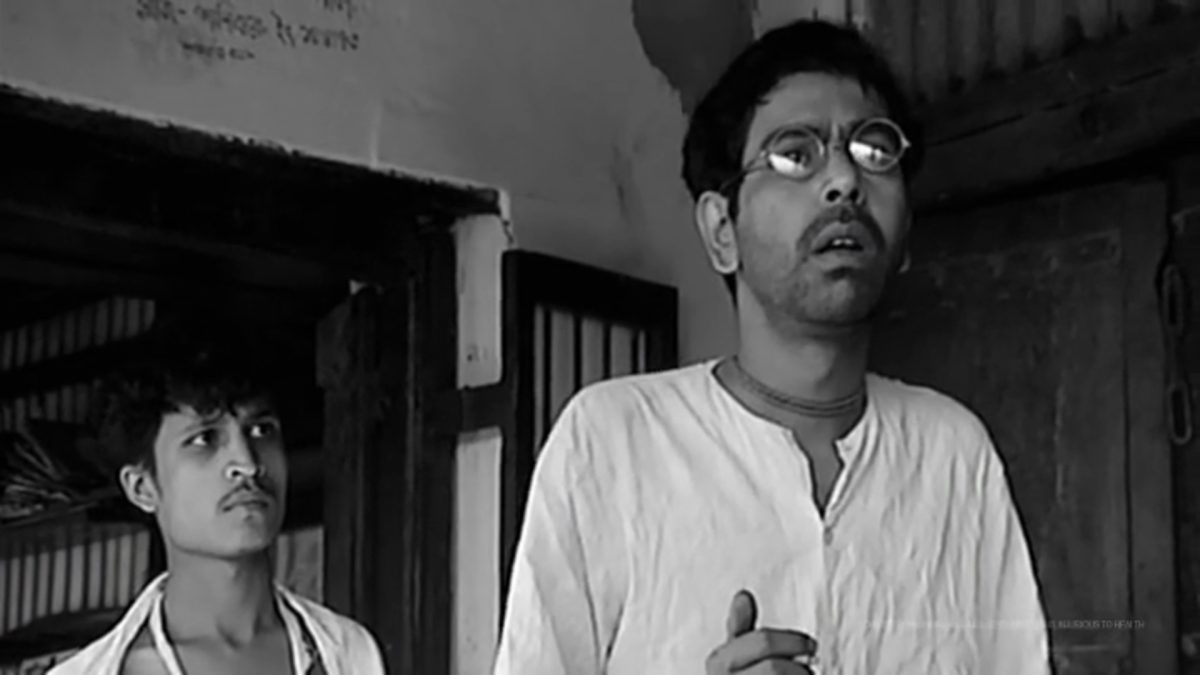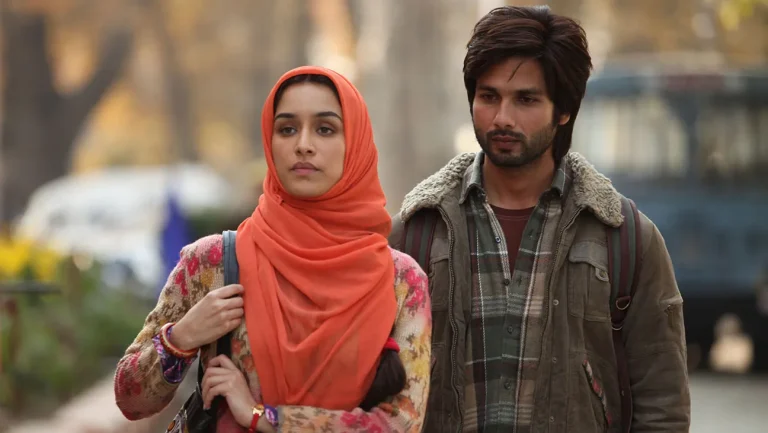As Upendra Baxi notes in “Postcolonial Legality: A Postscript from India,” the postcolonial remains an unusually “resilient and versatile” term — in part because postcolonialism critiques the very colonial systems that shaped it. However, there lies a paradox at the heart of the postcolonial condition, for it resists structures inherited from colonial rule while also being haunted by them. And this paradox unfolds most powerfully in cinema, where art fuses with reality to reveal uncomfortable truths — ones that we often passively accept as “normal” or inescapable. Two such films, Satyajit Ray’s “Hirak Rajar Deshe” and Mrinal Sen’s “Chorus,” blend fantasy and realism, satire and song, to offer searing critiques of power, control, and resistance.
In both films, power is not maintained through violence alone, but through manipulation of thought and illusion; whether it is the despotic king who uses the “Jantar Mantar” to brainwash citizens into submission, or the corporate mogul who sells dreams to 30,000 jobless hopefuls with no real intention of hiring, the tyrants build their rule on ideological hegemony — a system so pervasive that it convinces the oppressed to participate in their own oppression.
In “Chorus,” the 30,000 applicants lining up for a handful of jobs represent a collective portrait of desperation — a grandfather, an orphaned boy, a helpless daughter — all clinging to a dream that’s been commodified. The two-rupee application fee, significant at the time, exemplifies how capitalism sells false hope. Despite the chances of employment being almost nonexistent, the people continue to submit to the system because they’ve been conditioned to believe they have no alternative.
Yet, the collapse of the regime begins when that belief is broken. The system thrives only as long as the masses hold it up; once they remove their support, once they refuse to believe, the pyramid crumbles. The rulers, once untouchable, now panic; the director’s control room fails. It’s in this moment of breakdown when the subaltern finds its voice, not as a whisper, but as a collective roar.
Gramsci’s theory of cultural hegemony is at the heart of both films. The king’s mandatory “Hirak Rajar Prayer” and the corporate director’s fake job forms are both tools of indoctrination. They function to erase dissent and naturalize inequality. However, this hegemony is not permanent as it begins to crack when individuals within the system begin to see through the illusion — like the journalist in “Chorus,” who, though quiet and detached, holds up a mirror to society, or the Udayan Pandit in “Hirak Rajar Deshe,” who educates children to think critically even under threat of exile.
Udayan Pandit is the organic intellectual Gramsci envisioned — one rooted in the people, resisting from within. His school is a space of counter-hegemony, and though shut down, his ideas survive. With the help of Goopy and Bagha, his mission becomes unstoppable. They primarily begin their roles as court entertainers, seemingly harmless, but turn performance into politics.

Their magical songs become weapons of resistance. They do not merely distract — they dismantle. The moment they hypnotize the king and his ministers into submission, the ideological reversal is complete. The same tools once used to control the masses are now used to liberate them. The moment of ultimate liberation is marked by the destruction of the king’s statue — a symbolic act of reclaiming memory and history. Where once there was silence, now there is music; where once there was submission, now there is laughter, resistance, and joy. Ray’s fantasy turns into a decolonial fable, a story of how the oppressed can become the authors of their own future.
The brilliance of these films lies in how differently they achieve the same end. If “Hirak Rajar Deshe” is a poetic parable, “Chorus” is a socio-political earthquake. Sen’s realism punches through the screen, confronting us with hunger, hopelessness, and protest. But both Ray and Sen direct their cinema toward the same mission — to awaken, to teach, to resist. This is where entertainment becomes confrontation with the truth, where the films make us question our reality.
Both these films questions the absurdity that we usually attach with existence and whine of its crisis, whereas the crisis is created within the system, under our nose, and we to some extent, participate in it and support it by our passivity and detachment, leading to consequences that we complain of yet we continue to endure. What Ray and Sen asked us to do is to gain our consciousness and participate in this system actively and challenge these crisis-makers. Like Udayan Pandit, we must free our minds from hegemonic captivity—and like the workers rallying outside the fortress, we must unite to build our own counter-hegemony, one that can forge clear, collective, and resolute political resistance.
These films remain more than mere relics of a bygone era. They are as relevant now as they were then. In the so-called “postcolonial” world, many nations have continued to replicate the very systems that once oppressed them. Colonial structures have been replaced by corporate ones, kings by CEOs, censorship by algorithm— the mechanism remains — control through illusion, hegemony through consent.
That is why “Hirak Rajar Deshe” and “Chorus” endure functioning as collective memories — not just of colonialism, but of the resistance to it. They show us how to remember, how to see, and how to act. They remind us that freedom is not a gift handed down by the powerful, but a fire lit by the powerless when they come together.
Cinema is not just for entertainment. It is literature, it is history, as well as it is a screen that reflects back our reality. It is an act of pedagogy, of awakening. These films do not simply reflect the world — they reshape it, challenging viewers to break their silence, speak their truth, and imagine a world where the subaltern no longer whispers, but sings.






